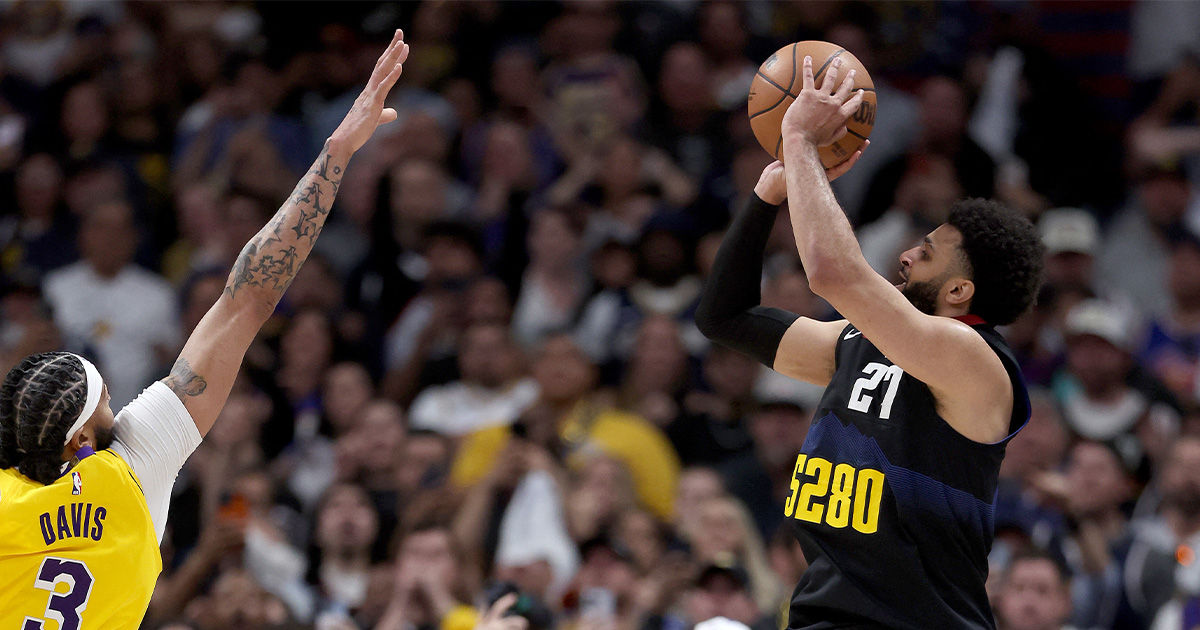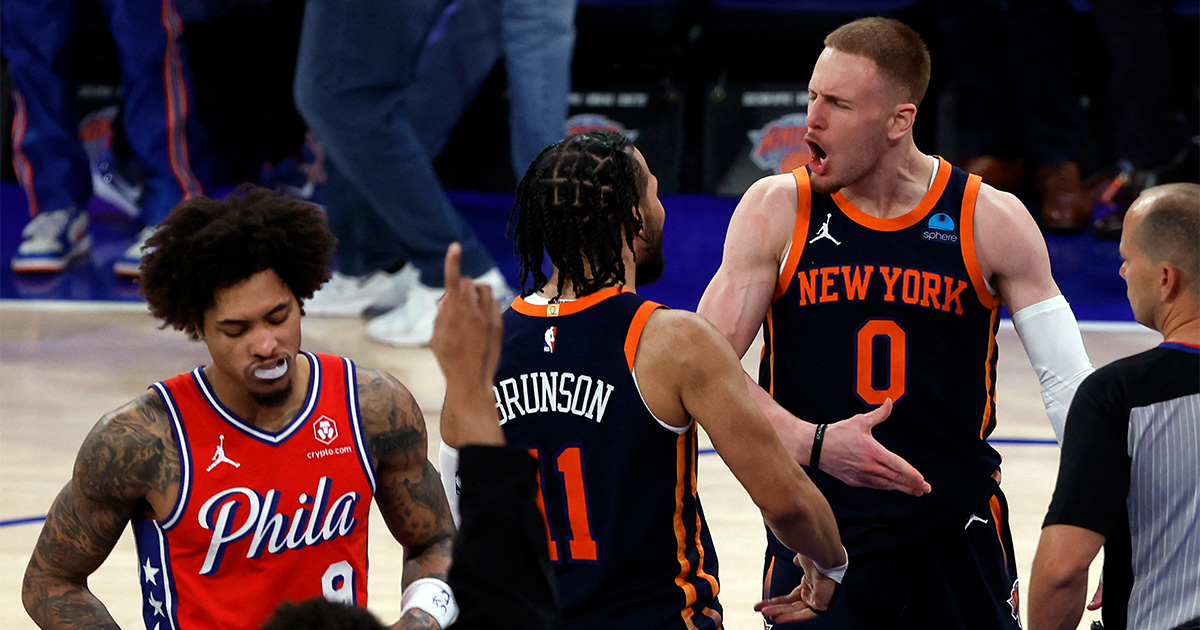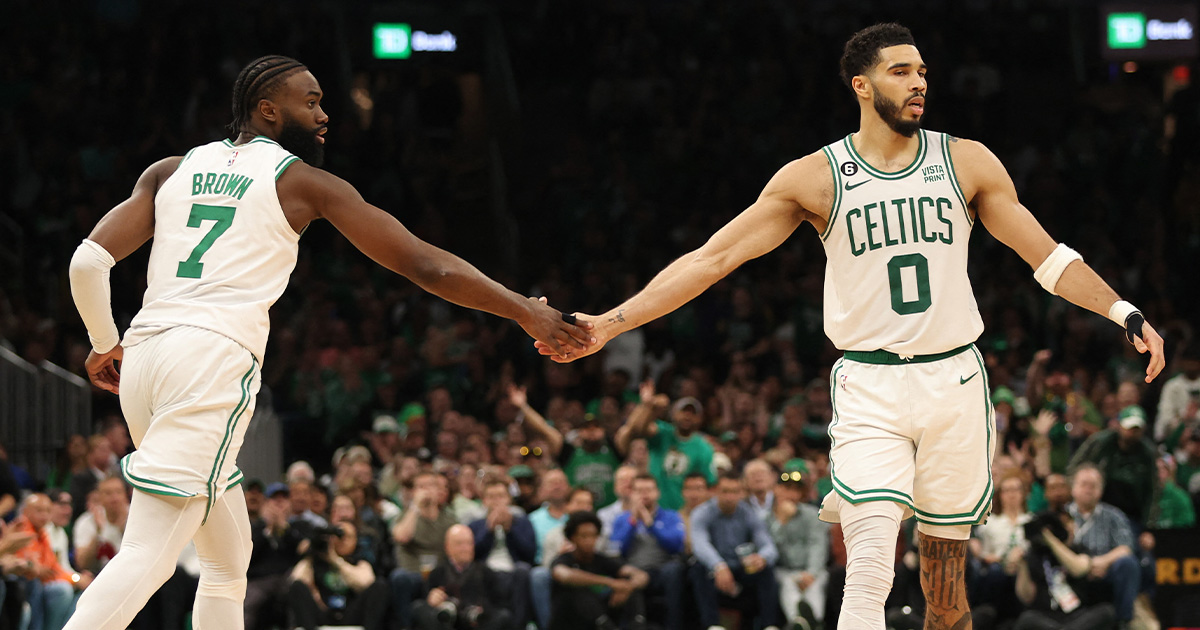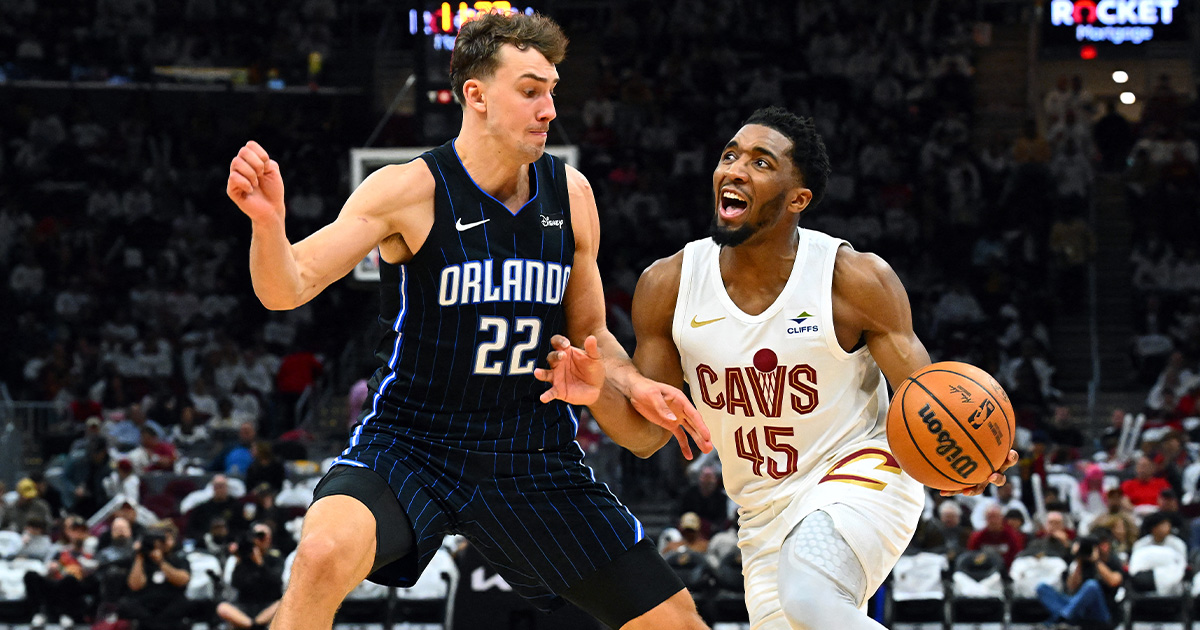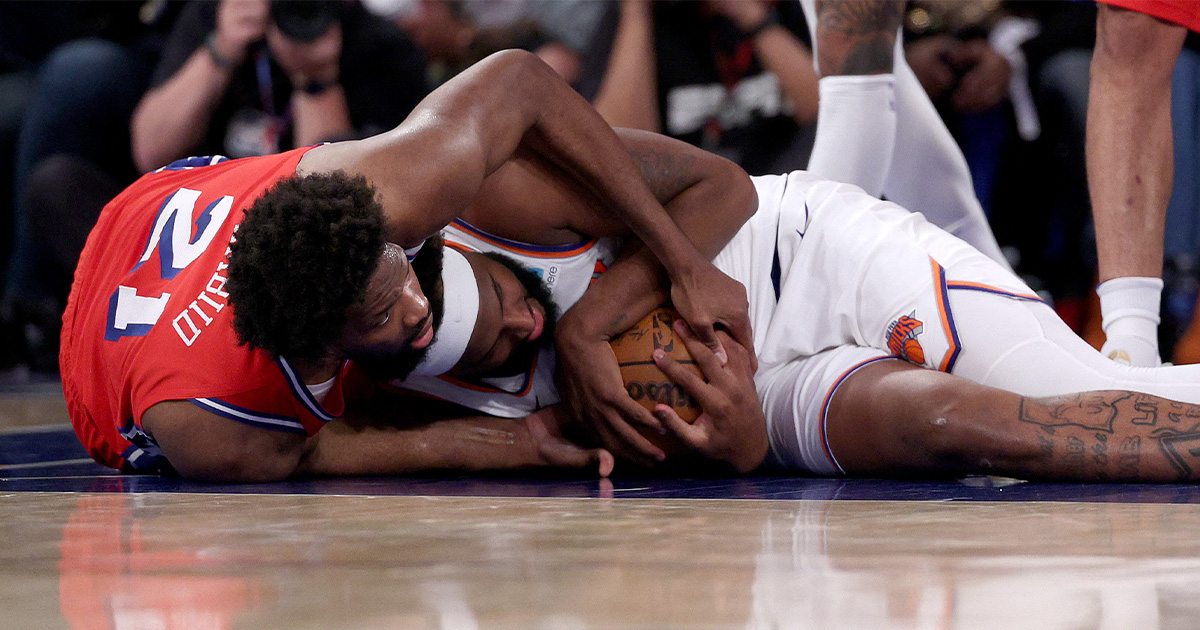League of Legends has one of the most widespread and diverse eSports and competitive scenes in video game history. With the existence of regional tournaments in every major continent, almost anyone who who is competent enough can try to go pro with the intent of becoming League of Legends’ World Champion.
Out of the four big regions in the League eSports scene, the LPL (China) is home to some of the world’s best teams, yet is hardly the talk of the town outside of Worlds. Unlike the LCS (NA), LEC (Europe), and the LCK (Korea) who all have a decently sized following, the LPL has a much smaller number of international followers given their presence in online communities like Reddit.
What could be the reasons the LPL isn’t as popular as its rival regions?
Social Media Presence
One distinct characteristic of the League eSports scene is its social media presence, particularly with memes and creative highlights from different teams during a given season. One great example of this is the LEC Twitter, who has over 170 thousand followers and has lots of side content and memes besides the usual competitive posts. Coincidentally, European teams’ social media accounts like to poke the other teams for some laughs before the competition starts.
In contrast, the LPL itself only has the social media accounts made by the LPL English team—the main cause for why international followers could even access the LPL. While it is considered official, their usual posts are heavily focused on the competitions itself.
This makes clear the fact that while the other regions cater to the entertainment of the spectators, the LPL caters to the competitiveness that their dedicated spectators look for.
This also reflects in the /r/leagueoflegends subreddit where not all of the matches are given a post-match discussion thread with figures, simply because there isn’t much interest and dedication compared to other regions.
Viewership
Viewership is a matter where the difference is significant. For consistency, we’ll use global numbers from the 2020 Spring season to compare the big four regions in viewership.
According to Leaguepedia, the LCK garnered over a million peak viewers; LEC garnered a total of 817 thousand peak viewers; and the LCS had a total of 387 thousand in peak viewers. On concurrent viewers, the LCK and LEC hover at over 220 thousand concurrent viewers, while the LCS has over 175 thousand concurrent viewers.
The LPL falls short from the LCS peak viewership point, with only 331 thousand peak viewers, and only 23 thousand concurrent viewers. While the difference with the LCS is negligible, the LEC and the LCK blow the LPL out of the water in this part.
The reasons for this particular factor may include how the LPL is neither as accessible nor appealing as the other regions. The aforementioned LPL English team only broadcasts the games in every day except Thursdays and Fridays, leaving the pure Chinese broadcast as the only option if someone’s favorite teams happened to play at that day.
Regional Investment
The best way to make a team (and its originating region) known is to get the team to win the World Championship, the biggest end-of-year competition in League eSports. However, that is no easy feat, which makes the title of World Champion worth the trials and tribulations.
LCK is the home of T1, the only team to win multiple World Championships in League history (2013, 2015, 2016). This gives the LCK publicity to attract outsiders to watch the tournament and discover teams to cheer on. Aside from T1, the LCK has officially produced three teams (T1, Samsung White, Samsung Galaxy) that have taken consecutive World Championships to their home turf.
The LEC and LCS don’t have as many winners as the LCK (except for the former, winning the Season 1 World Championship), but they are regions who have stood since League’s conception of a professional tournament. As such, their roots go as deep as the game’s history, and have constantly built up a following during those times.
The LPL has been around since Season 2, marking the 2020 season as the 9th year of the tournament. Disregarding Invictus Gaming and FunPlus Phoenix’s victories in the past couple of years, the farthest that China has reached was in the 2013 and 2014 Grand Finals with Royal Club—currently the academy team for Royal Never Give Up. English broadcasts didn’t arrive until 2014, but unfortunately the Korean dynasty was rolling during the time.
Concluding Thoughts
With such a fanbase developing largely in Korea and the Western regions, along with other driving factors, the LPL doesn’t have the best odds in making their name known. That may all change with the LPL as a rising force after two consecutive Worlds victories in their region. Winning makes people take notice, and the way that the LPL convincingly dominated the inaugural Mid-Season Cup against teams like T1 (who didn’t even make the finals) will make people take notice.
Where teams are competing way more than gimmicking, the LPL is the region to watch if action is what you seek. Now is the best time to invite your friends to watch, with the recent upsets of Victory Five and the potential rise of Top Esports as the third Chinese World Champion, but that’s a goal far from reach just yet.
Are you an avid or casual follower of the LPL? Would you highly recommend a friend to check out the LPL teams and players? Let us know!










